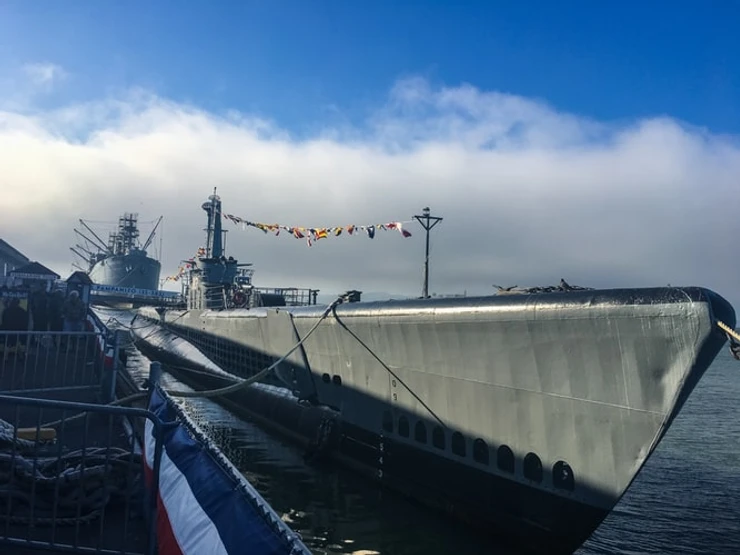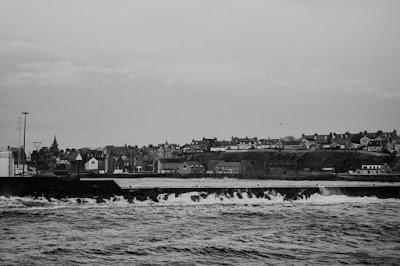Why Would You Use Submarine Cable Networks?
Submarine cable networks might seem like something out of a futuristic novel or movie, but these networks are used every day to connect land-based offices with their offshore platforms, labs, and floating research vessels. These networks consist of large cables that can send data very quickly to any location on the sea, and the signal can be so fast that you do not need to wait for long periods of time to get the data you need. When you order a new network, you must use all the steps below to get the installation done right.
Where Does The Submarine Cable Network Go?
The Submarine cable network will be put on the ocean floor, but it must be sent down a path that allows it to easily reach your location. You cannot always have the cables sent in a straight line to your facility, and you will see a map of the installation field when it is done. Your installer tracks the entire job from start to finish, and they will give you a map of the cable field when they are done. You may need to give the installation time to see where they will put the cables, and you must allow time for testing once the installation is complete.
How Does Offshore Subsea Engineering Work?
You will request a network that is comprised of cables that can be used for your network, and you will have cables custom made to suit your needs. You have a certain data speed that you want to reach, and you should ask the engineer what they think is feasible. You can request a network that was designed to provide you with enough power to make voice calls, and you can also ask for a network that has been encrypted so that no one can access your information. This may seem like an obvious thing, but you must request a certain level of security when ordering the cables.
The Installation Process
Installation for the cable system occurs when the engineer takes their team out on the water with the cables and a plan for the installation. The boat will follow a pre-determined path to lay out the cables, and a submarine will be used to make sure the cables make it to the bottom. The submarines have cameras that show the engineer and the Submarine cable installation team where the cables went, and a full map of the installation zone is created. You get your cables connected at both ends, and you are given a chance to test the system. The engineer will ensure that your network moves fast enough, and you can test voice calls to ensure they are clear.
This Is More Reliable Than Wireless
You may think that you can use wireless data or satellite technology, but that is not as reliable as a wired signal. The cables that you order are very complex, and they provide you with enough power to send data back and forth without worrying about how many thousands of miles you are from civilization. Because of this, you can save money communicating with your team, keep your staff safe, and collect data in realtime. There is no delay when you are using fiber optics.
One Last Note
You must understand how the installation works before you place your first order. Talk to the engineer about how they will build your cables, how much power you can get out of the network, and where it will be installed. You should learn all the different parts of the installation before it starts so that you know what sort of network you will get.




Comments
Post a Comment